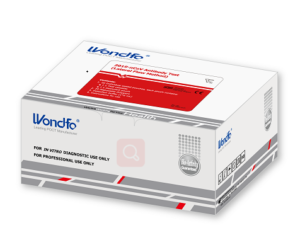Using a stock return calculator can be a handy tool for figuring out your stock investment’s performance. Whether you are looking for the average return, the total return, or the compound annual growth rate, the stock return calculator can help you.
Dividend discount model calculator
Using a dividend discount model calculator is a great way to estimate the stock return of your favorite stock. The dividend discount model (DDM) works based on the theory that the current value of a stock is its sum of future dividend payments. By applying the formula to a stock’s value, you can determine whether it is a good investment.
The DDM calculator uses three inputs: the amount of dividends paid per share, the expected dividend rate, and the cost of equity capital. When you add these three factors, you get the net present value of the investment.
The Gordon Growth Model (GGM) is the most commonly used variation of the dividend discount model. The model is named after American economist Myron J. Gordon, who developed it at the University of Toronto in 1956.
Compound annual growth rate
Using the compound annual growth rate (CAGR) to calculate stock return is a good way to measure the performance of investments. This tool can help you understand the growth of your investments, compare different investment types, and learn about the history of an investment.
While the compound annual growth rate is a great tool for investors, it is not the only tool in the toolbox. Another important tool is the internal rate of return. This is the best estimate of how an investment performs over time.
The CAGR is a great tool to use to compare the performance of different types of investments, including stocks and bonds. But, it is also important to note that the CAGR is not an exact representation of how an investment will perform in the future.
Dollar-cost averaging
Purchasing shares of an investment through dollar-cost averaging is a way to increase your returns without having to worry about timing the market. The key to this strategy is sticking to a plan and paying attention to your investments. If you have a limited amount of money to invest, dollar-cost averaging is a great strategy.
Investing can be difficult and can sometimes involve a lot of emotion. In some cases, trying to time the market can result in poor decision-making and higher losses. Purchasing an investment through dollar-cost averaging takes emotion out of the equation.
Dollar-cost averaging is an effective strategy for investors who have limited funds or who want to avoid short-term volatility. It also helps smooth out the peaks and valleys of the market. This allows investors to build a portfolio over time, which helps reduce investment risk.
Total stock return
Investing in stocks is an important aspect of any investment portfolio. As such, many investors want to know what their investment will produce in return. Many investments produce income in the form of capital gains or dividends. Ultimately, total return on an investment is the combination of the value of the investment plus the income earned.
The most common method for calculating total returns is annual compounding. If you own several stocks, you may want to calculate total returns for each of them on a yearly basis. This way, you can compare the performance of each of your stocks on a like-for-like basis.
Total return on a stock is calculated by comparing its original investment amount to its current value. It is then divided by the number of years it has been held.
